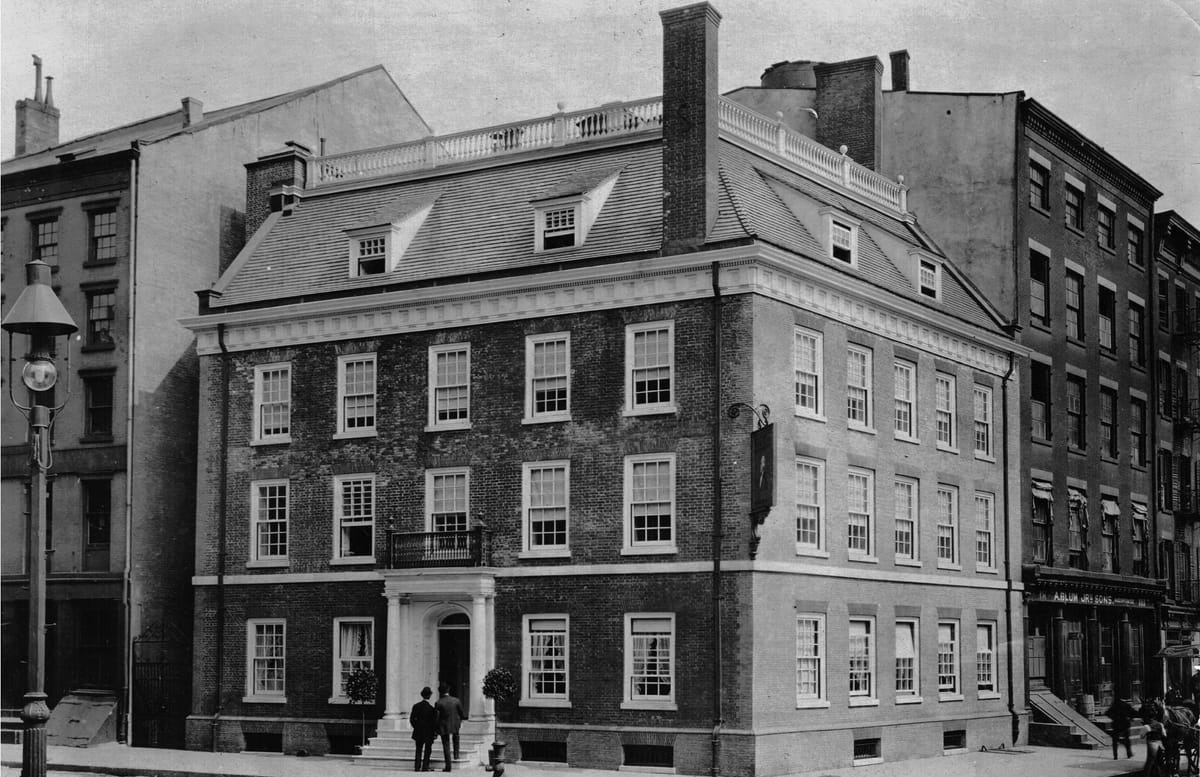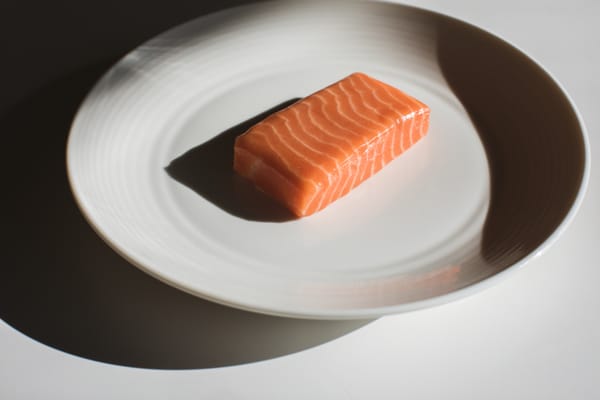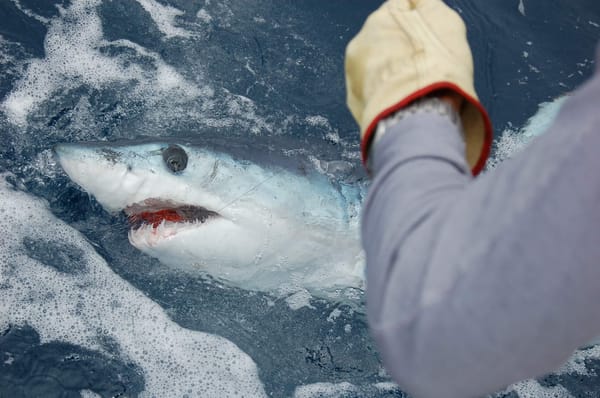Stepping inside the Angler's Club of New York
If you get a chance to visit the Angler's Club in New York City, take it. It's the nucleus of the sport's North American origins.

What's that they say, I'd never join a club that would have me as a member? Not entirely true, of course, I love fly fishing clubs. As a beginner joining a club is the single-biggest thing you can do to speed up your fly-fishing learning curve.
But I had the good luck to be able to attend a small benefit dinner at the exclusive Anglers' Club here in New York City a few weeks back, a place I can confidently say I'll never be a member.
The 106-year-old club, on Broad Street in the financial district, is crammed with history on the sport, counting as members some of its most prolific chroniclers and enthusiasts, as well as those of the finance set who don't fly to Montana commercial.
It's also very subdued in its operation. It doesn't have a website. It doesn't accept applications for membership (you have to be recommended, apparently). It doesn't accept women as members.
The latest info I could find about the place is in this story about the club applying for a liquor license (see a PDF of the community board meeting minutes approving the license here) and a few words with the club's director, Chris Matteson.
Inside the Angler's Club
The club isn't very large inside, just several main rooms, which feel comfy with the embrace of years of history.




